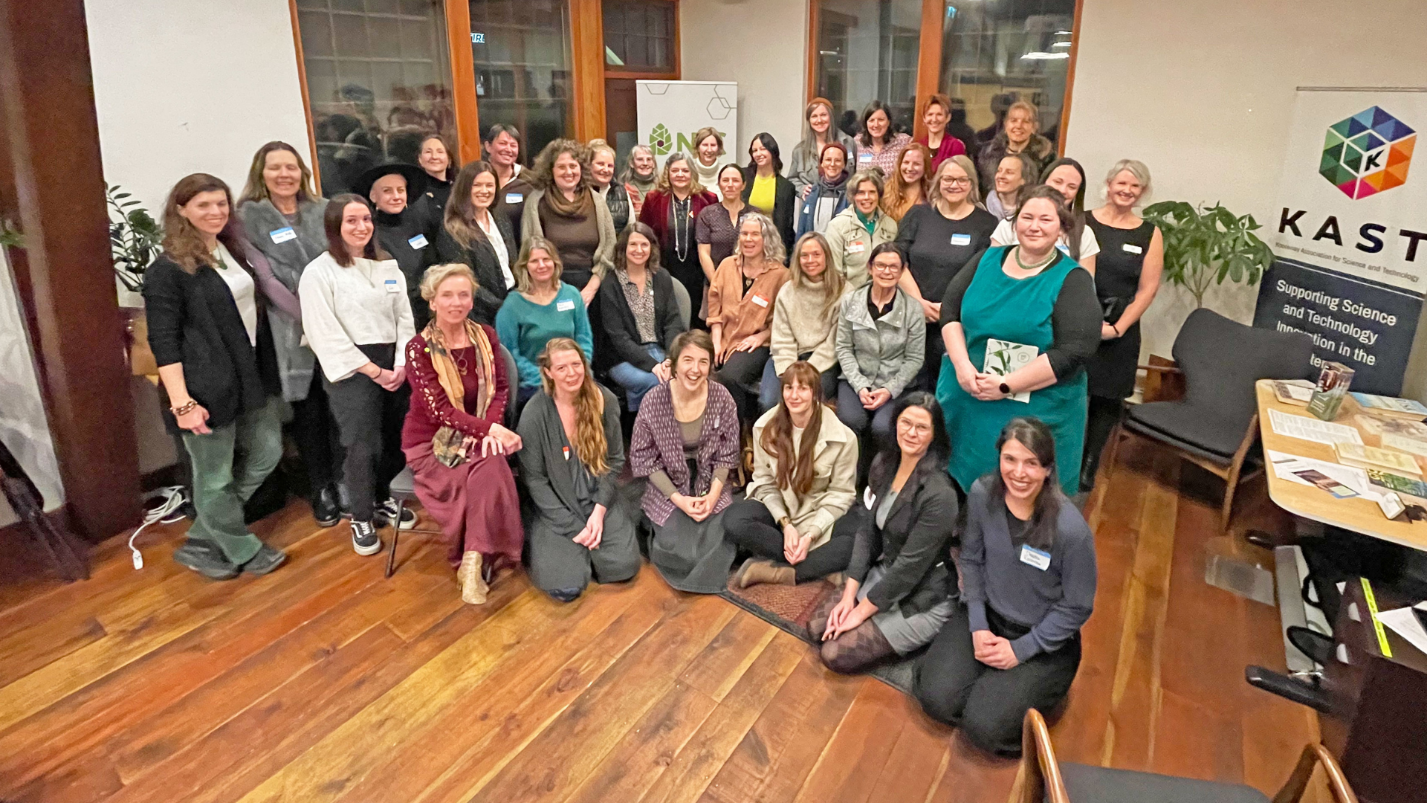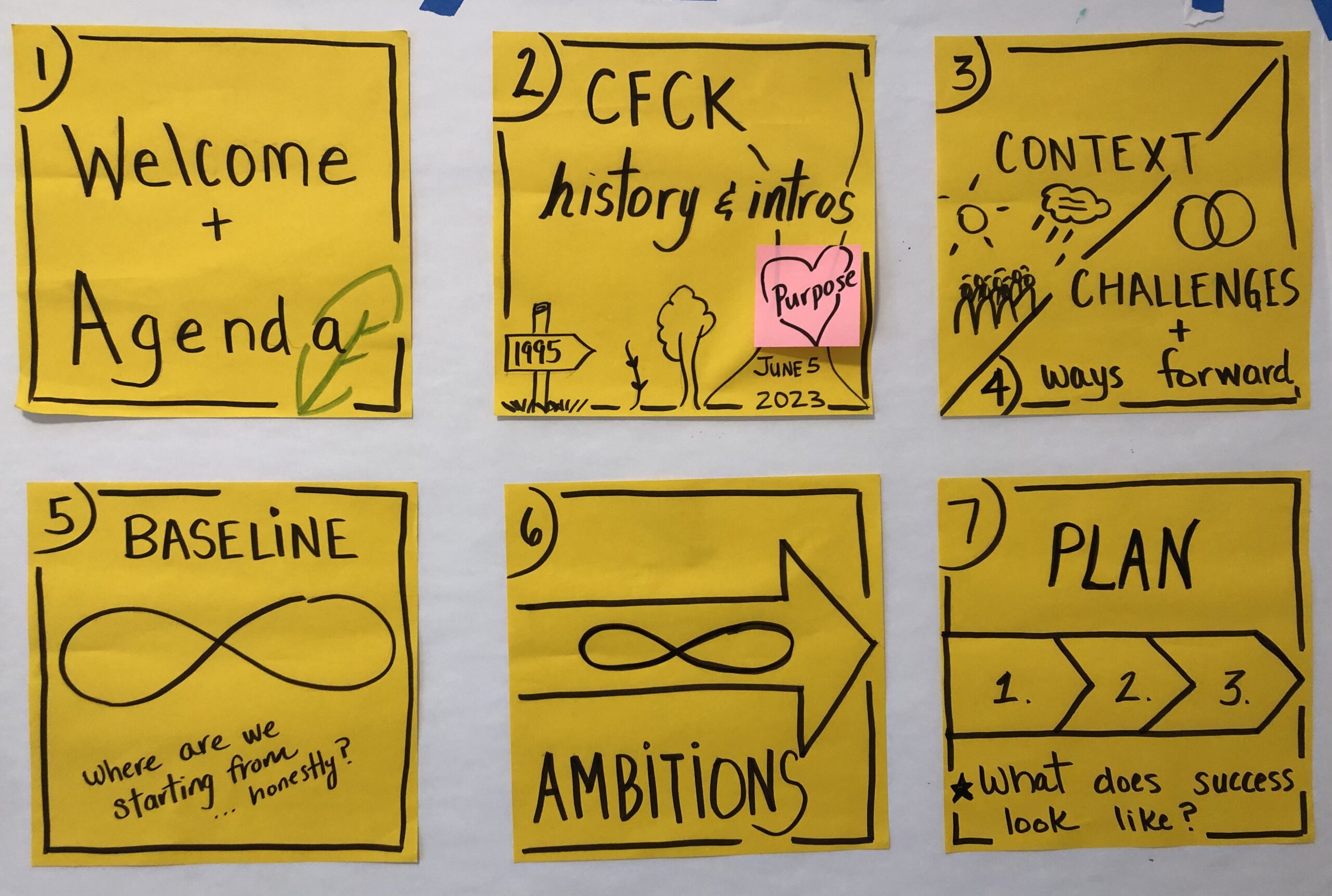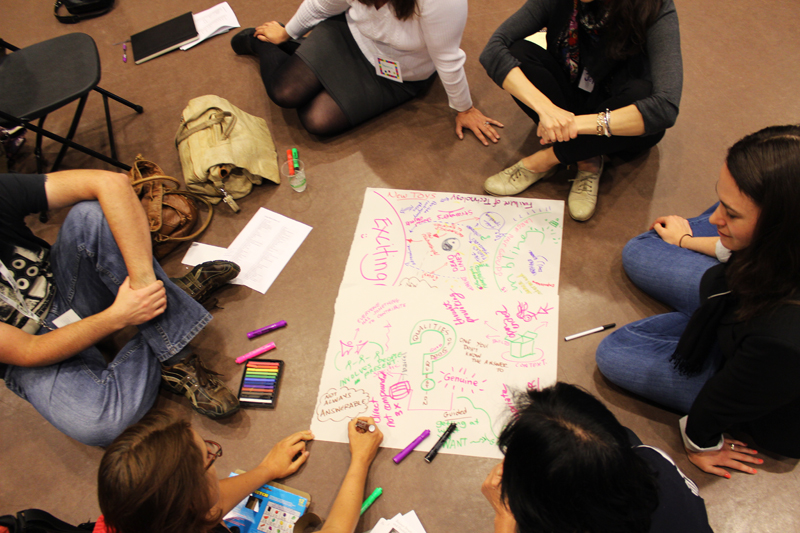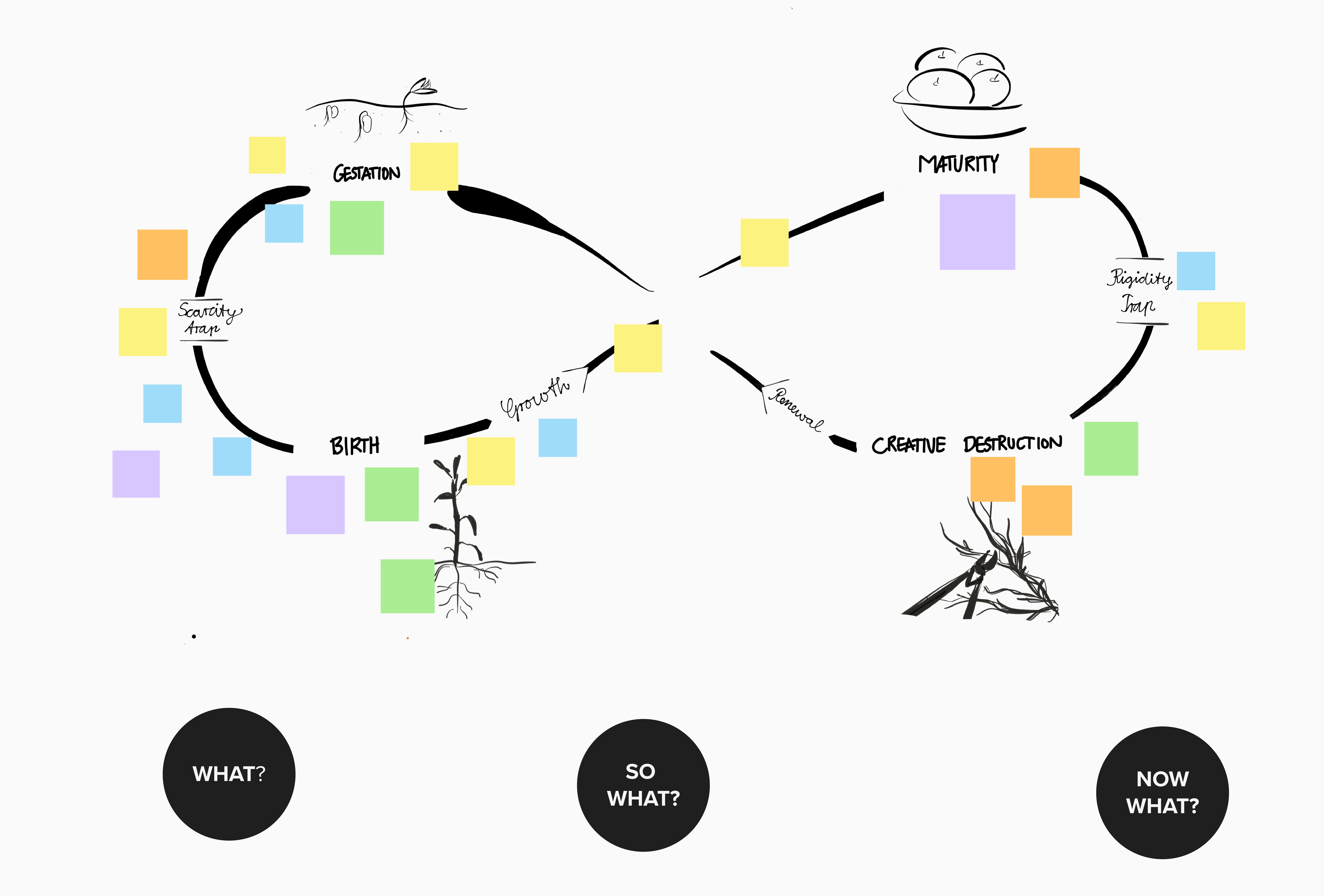A colleague forwarded me an interesting study about how to communicate conservation to the public. It was not news to hear that messaging is important. However, it was interesting to read which messages worked and which did not as well as reflect on which ones I am using or have seen used in work related to promoting conservation in Canada and abroad.
|
Bad Words to Avoid |
|
Environment |
|
Ecosystems |
|
Biodiversity / endangered species |
|
Regulations |
|
Riparian |
|
Aquifer |
|
Watershed |
|
Environmental groups |
|
Agricultural land |
|
Urban sprawl |
|
Green jobs |
|
Ecosystem services |
|
Landscape scale conservation |
|
Good Words to Use |
|
Land, air and water |
|
Natural areas |
|
Fish and wildlife |
|
Safeguards/protections |
|
Land along lakes, rivers and streams |
|
Groundwater |
|
Land around rivers, lakes and streams |
|
Conservation groups / organizations protecting land, air, and water |
|
Working farms and ranches |
|
Poorly planned growth/ development |
|
Clean energy jobs/jobs protecting water quality/etc. |
|
Nature’s benefits |
|
Large, connected natural areas |
Despite some jargon entering mainstream dialogue, the idea that most people don’t get the jargon has been reinforced. The charts above provide a summary of the key take-home messages that I will use when thinking of engaging people on this topic in the future.





